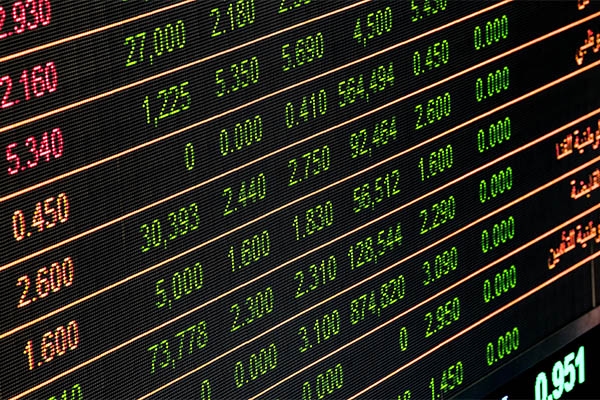How much money will it take to sustain stock prices?
That question came to mind as I compared record equity mutual fund cash flows to stock prices. In April, a tough and volatile month for stocks, six of every seven equity funds lost money. In the same month, investors committed large amounts of new money to equity investments. Some investors were dollar cost averaging; some were “buying on the dip.” While the average domestic equity fund lost 3.9 percent for the month, losses over 10 percent were common.
The encouraging news is that we are not easily frightened.
Miseries of the last few weeks notwithstanding, most people have decided they are long term investors. They will continue to buy stocks through thick and thin. It is now a primary article of faith that stocks are the best investment “for the long run.”
Unfortunately, the same information also has a dark side.
Early estimates indicate that net new money into equity mutual funds will be about $25 billion for April. Added to record inflows for January, February, and March, the total will be nearly $120 billion, almost twice the $62 billion for the same period in 1999, according to figures from the Investment Company Institute.
This is a formidable amount. You can get some idea of how vast $120 billion is by some comparisons:
- it is equal to the net annual sales for the entire industry as recently as 1991;
- It is greater than the total assets of all equity funds as recently as 1985.
In other words, in spite of record demand for common stocks— at least in the mutual fund arena— stock prices are uncertain, volatile, and appear to be trending downward. At the end of April the average year-to-date return for all equity funds was 0.42 percent.
Query: If it takes a net flow of $120 billion in four months just to stay even, how much money will it take to keep a bull market going?
From what source will that money come?
Let’s take a look.
One of the current sources of demand for stocks isn’t new investment money. It is exchanges from existing funds that specialize in other areas.
What does that mean?
Simple. When an investor with an existing account decides to redeem his shares he can cash out or exchange for another fund. Most fund firms make it very easy to do exchanges and it is usually cost free if done within the same fund family. So far this year, people have exchanged money out of hybrid funds (such as balanced funds), taxable bond funds, municipal bond funds and money market funds while they have exchanged money into equity funds. The figures for March are shown below. (I’ll post the April figures to my website, www.scottburns.com, when they are available.)
The Flow Goes to Equities
| Category | Exchanges In | Exchanges Out | Net Exchanges |
| Equity | $80,836.4 | $79,004.9 | $1,850.5 |
| Hybrid | $1,539.7 | $4,345.3 | ($2,805.6) |
| Taxable Bonds | $4,118.1 | $6,787.1 | ($2,669.0) |
| Municipal Bonds | $1,505.9 | $1,646.6 | ($ 140.7) |
| Money Markets | $130,048.8 | $131,490.1 | ($1,441.3) |
Source: Investment Company Institute, March 2000 (all figures in millions)
A broader look at the figures shows much the same: all categories of mutual funds are in net redemption except equity funds. Taxable bond funds suffered net redemptions of nearly $20 billion in the first quarter of this year and have been in net redemption since last September. At that rate the entire taxable bond fund sector, with $524 billion in assets, would be liquidated in less than 7 years.
Will it be liquidated?
No. But that isn’t the point. What’s important is that equity investors are now supplementing savings from income with cash from other investments. It’s not likely that the flow of money into equity mutual funds will get much larger…and stocks still look volatile and weak.
This is a good time to be cautious.
This information is distributed for education purposes, and it is not to be construed as an offer, solicitation, recommendation, or endorsement of any particular security, product, or service.
Photo: Pixabay
(c) Scott Burns, 2022
